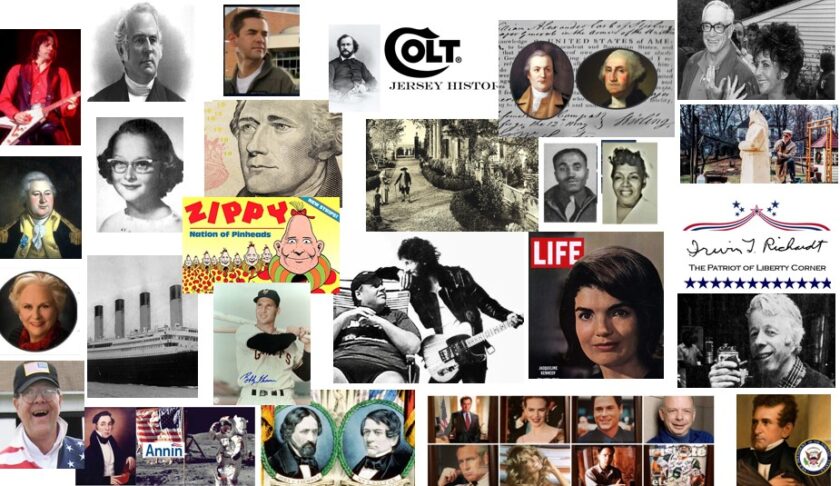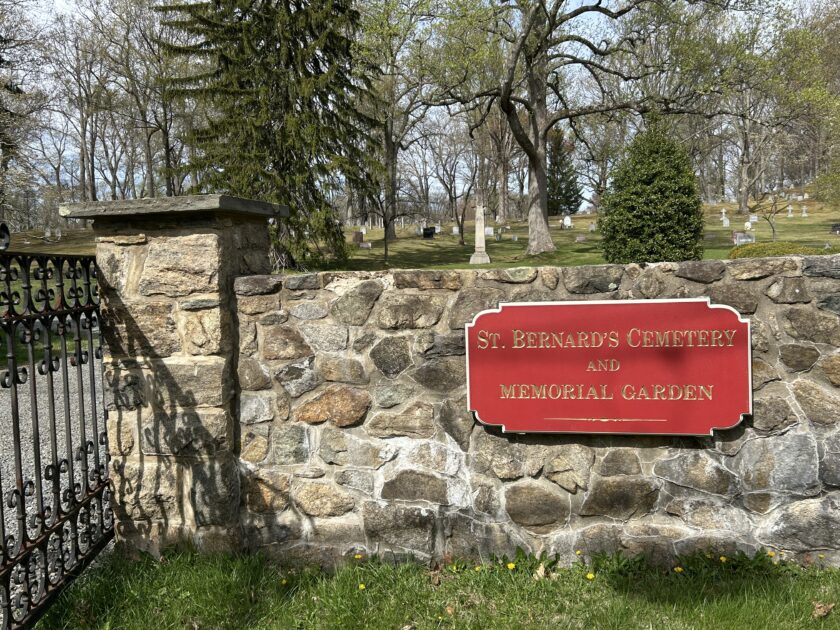
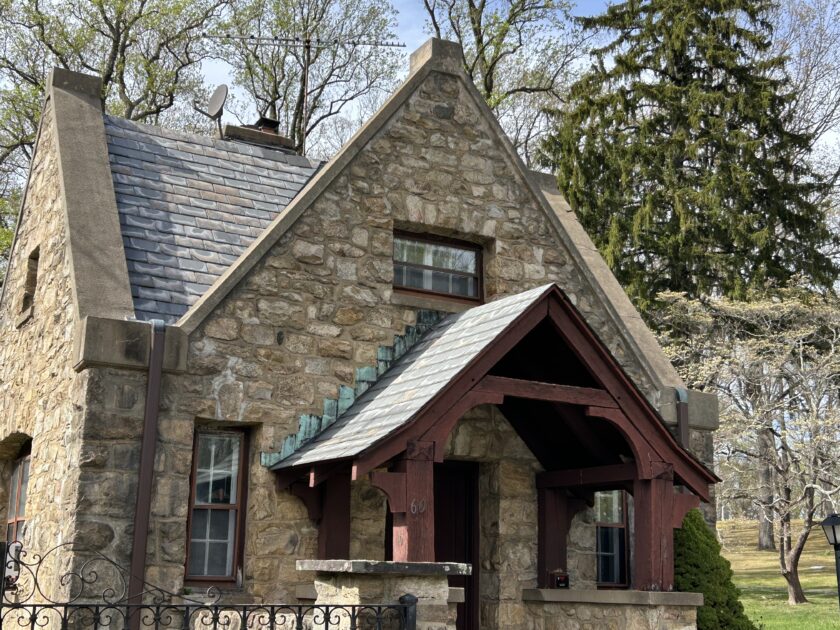
Historical Note: Bernardsville was still part of Bernards Township up until 1924. Cemeteries are one of the best sources for historical research and MLH leverages many burials in cemeteries to understand families and their history. Before St. Bernard’s cemetery, the Basking Ridge Presbyterian Church cemetery was used as early as the mid-1700s.
Cemetery Ties to the St. Bernard’s Bernardsville Church
St. Bernard’s Cemetery in Bernardsville, New Jersey, is a historic and serene burial ground closely associated with St. Bernard’s Episcopal Church. Bishop John Scarborough consecrated the cemetery on July 2, 1903, on land generously donated by Mr. and Mrs. Robert L. Stevens II, prominent members of the local community.
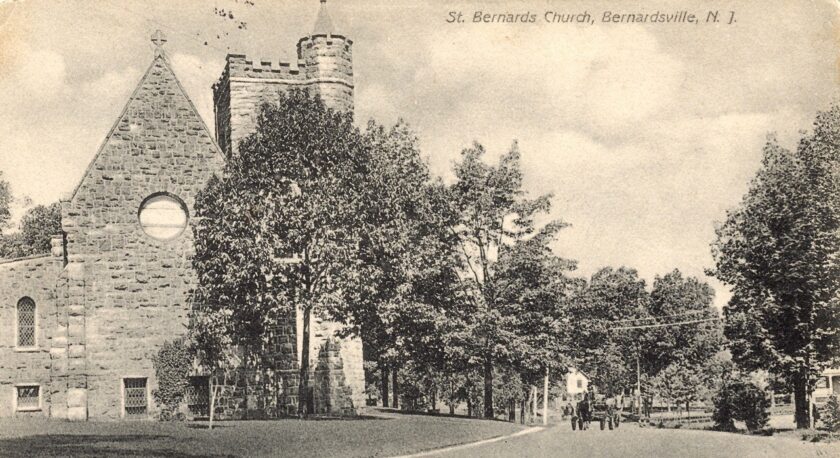
As you can see by the 1873 map above, the area was mainly untouched by development. The only thing to edge the cemetery property was the building of the railroad in 1870, where a very distinct left turn occurred to traverse alongside what is now Route 202, which has been a road going back to pre-revolutionary war times. Well, one thing was deposited near the cemetery, called the sandpit, another story that takes us back 10,000 years. We’ll add that to the end of this research.
St. Bernard’s Cemetery
The cemetery serves as the final resting place for several distinguished families who played significant roles in the region’s history, including the Stevens, Pyne, Kean, Millicent Fenwick, Pierrepont, Blair, and Ballentine families. Among them also is Joseph S. Frelinghuysen Sr., a U.S. Senator from New Jersey (1917–1923) and a member of the influential Frelinghuysen political dynasty.

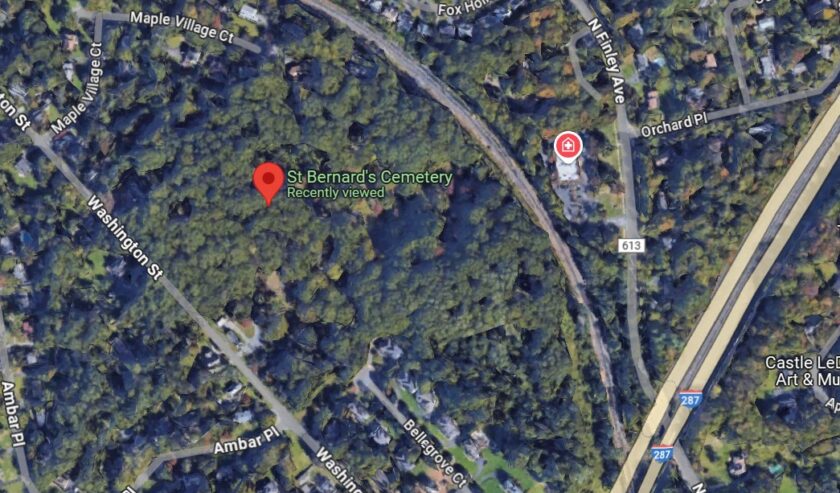
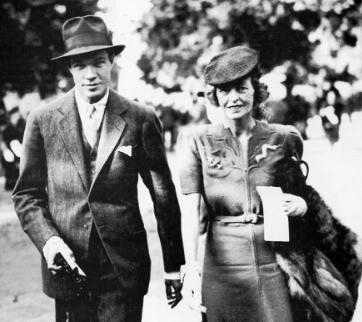
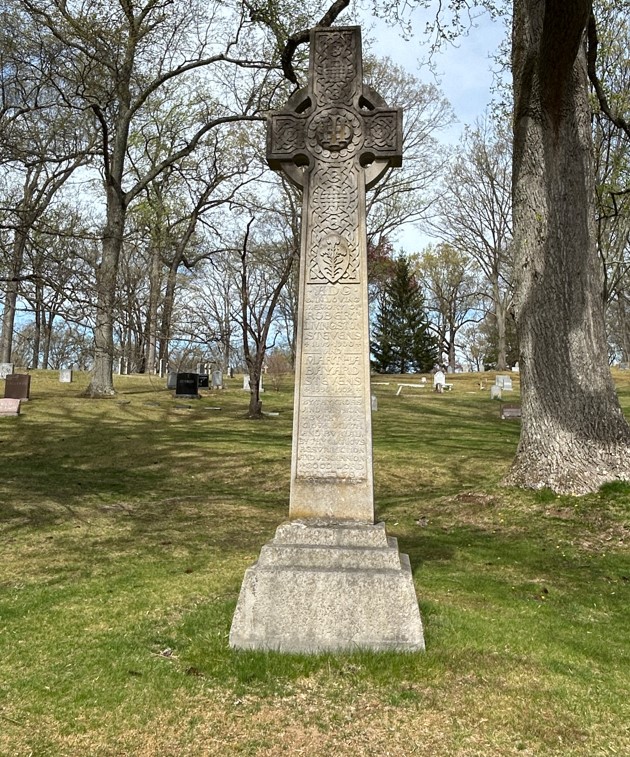
Property records indicate that the parcel is 15.62 acres according to the actual deed, but the cemetery’s website states that the thirteen-acre cemetery is organized into three sections: the Lawn, Dogwood, and Beech sections. Each section offers distinct settings designed to cater to different aesthetic and spatial preferences, ensuring that families can select a setting that best honors their loved ones.
Cemetery Design
Located near the cemetery’s entrance, the Lawn Section features larger grave plots than other areas. This section is ideal for those seeking more spacious plots that allow for prominent headstones or family monuments.

The Dogwood Section, named for its beautiful dogwood trees, offers vibrant blooms in the spring and ample shade during the summer months. It provides a picturesque and tranquil environment, appealing to those who appreciate a natural and serene setting.
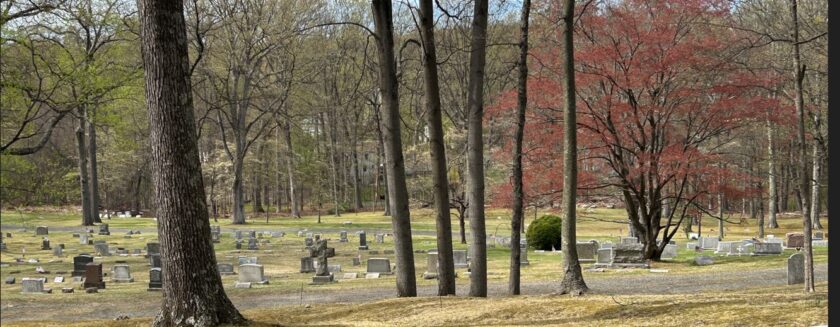
The Beech Section is characterized by its peaceful and serene atmosphere. With monuments flush with the ground, this design choice creates a harmonious landscape, offering a subtle and respectful memorial space. We’d refer to this as the “Famous and Prestigious Burial Section of the cemetery.”
Historical Figures In the St. Bernard’s Cemetery
| Name | Gravesite | Photo | Bio |
|---|---|---|---|
| Robert Livingston Stevens II | 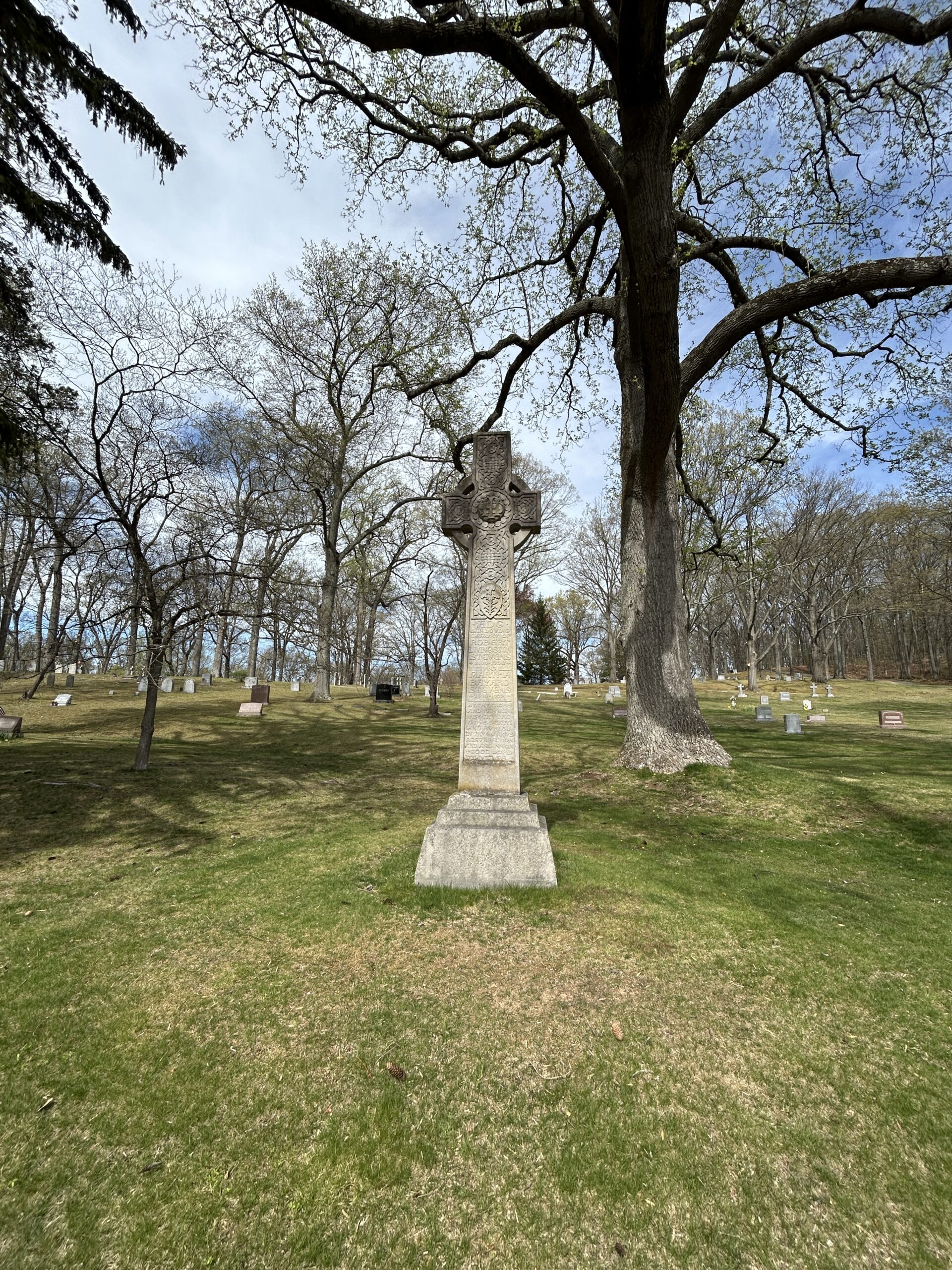 |  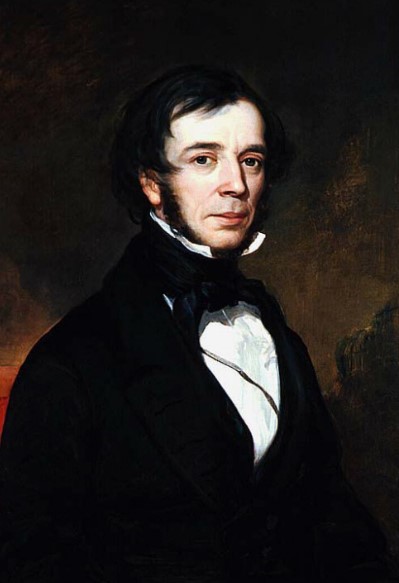 | The land at St. Bernard’s Cemetery was donated by Mr. and Mrs. Robert L. Stevens II, with additional acreage being given by their daughter, Mrs. Mary Stevens Baird. Robert Livingston Stevens II (1864–1907) was the grandson of Edwin Augustus Stevens (1795–1868), the founder of Stevens Institute of Technology in Hoboken, New Jersey. Edwin Augustus Stevens was a prominent engineer and philanthropist who established the institute in 1870. |
| Millicent Vernon Fenwick, US Congresswoman | 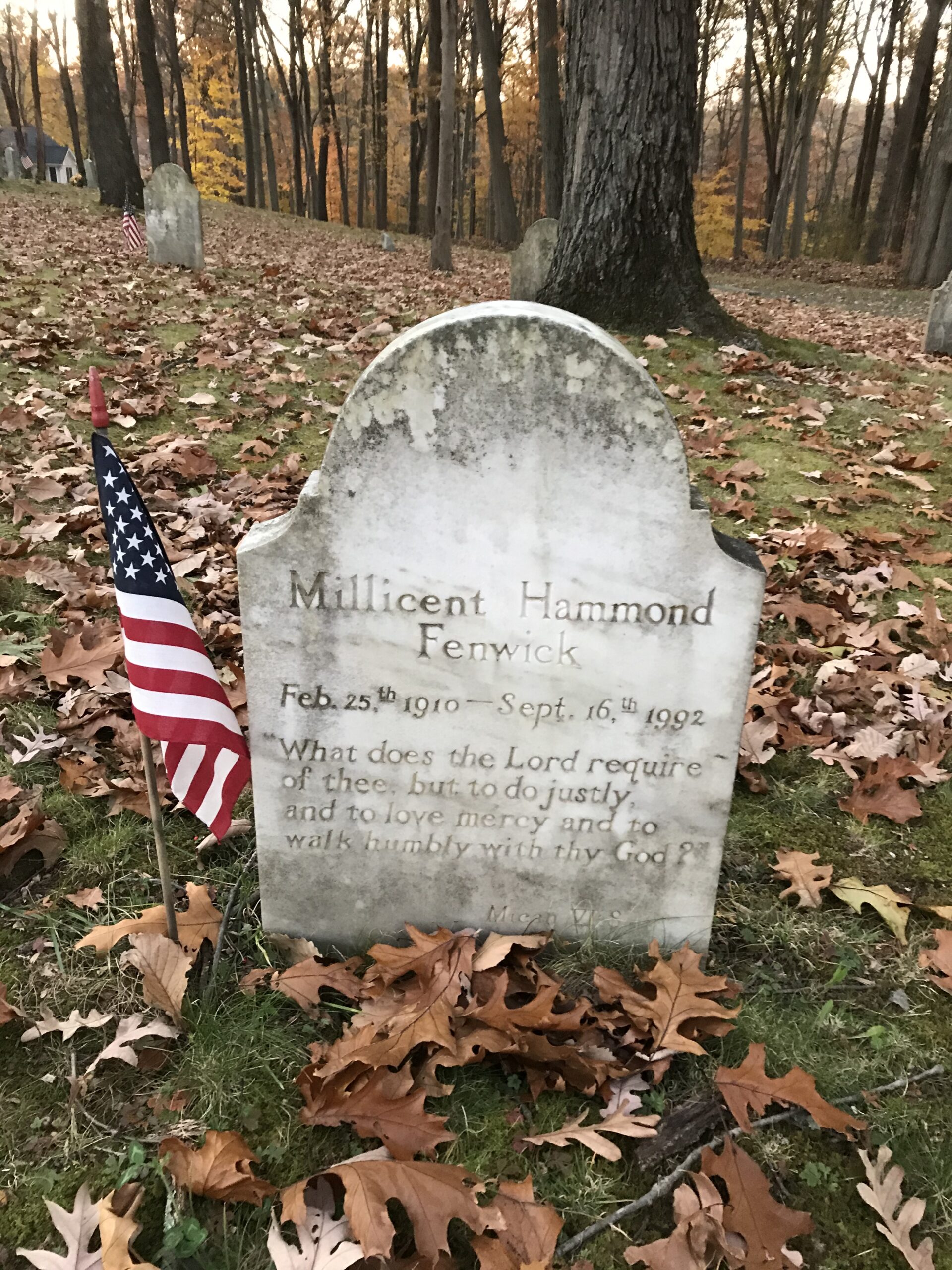 | 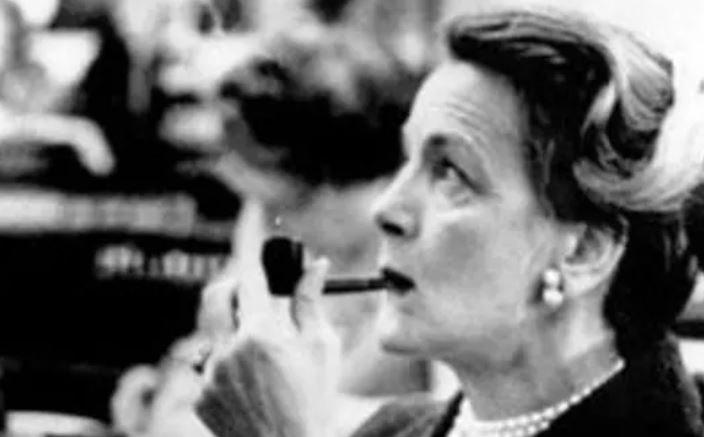  | Millicent Hammond Fenwick. Born Millicent Vernon Hammond in New York City on February 25, 1910; died on September 16, 1992, of heart failure at her home in Bernardsville, New Jersey; second of three children of Ogden Haggerty Hammond (a financier and state representative) and Mary Picton Stevens Hammond – Grave Info |
| Clinton Ledyard Blair Financier | 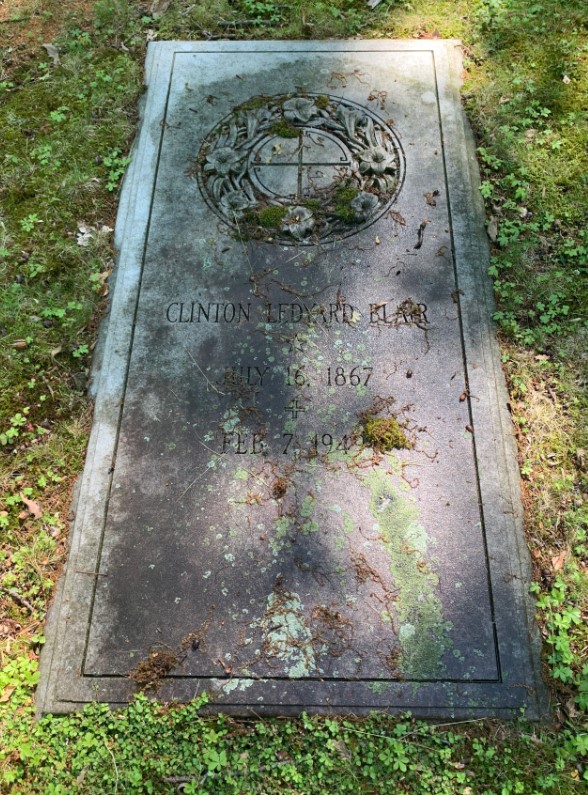 | 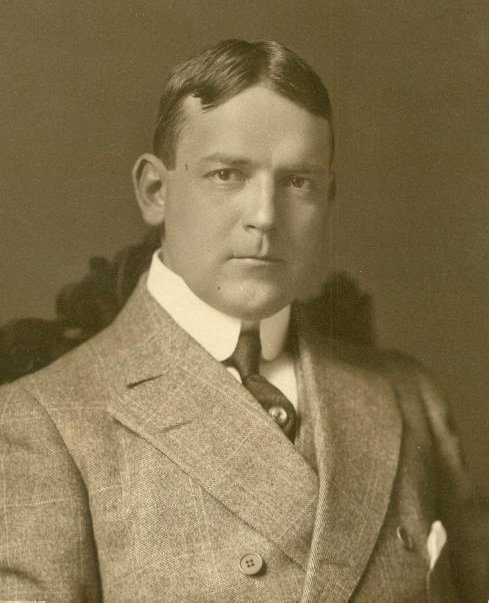 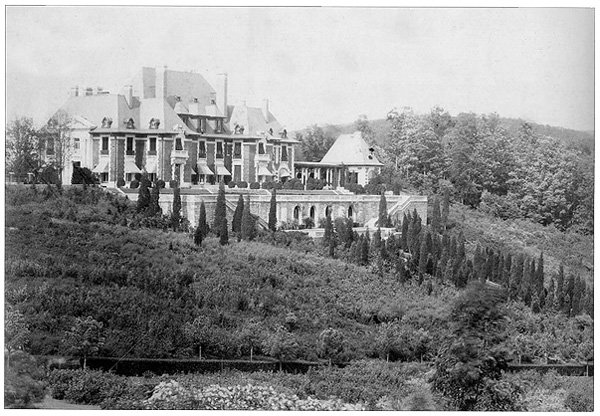 | Clinton Ledyard Blair and his Grandfather, John Insley Blair, and his Father founded the investment banking firm Blair & Company, building their Blair & Co. building on 24 Broad Street (on the Northwest corner of Exchange Place/Broad Street) in New York City. He was also governor of the New York Stock Exchange, a director of Lackawanna Steel, the Green Bay & Western Railroad, and many other corporations. Blair was both Commodore and Vice Commodore of the prestigious New York Yacht Club. Grave Info |
| Clarence Douglas Dillon Secretary of State | 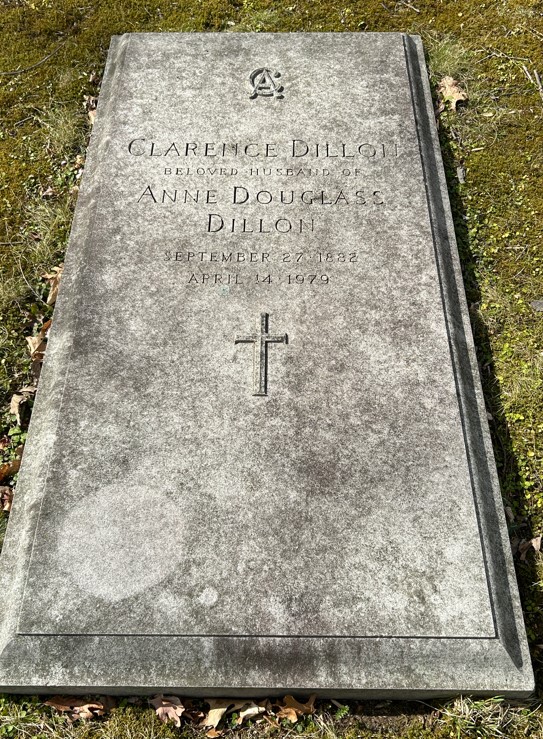 | 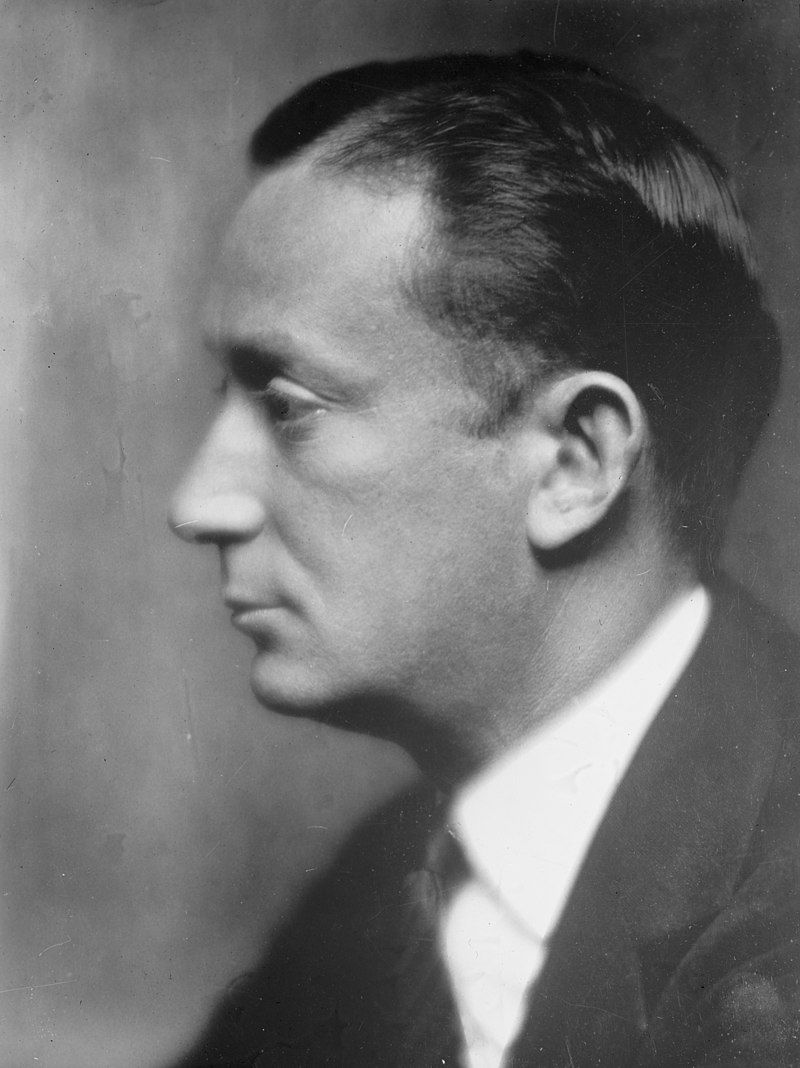 | Served as the U.S. Secretary of the Treasury from 1961 to 1965 and the U.S. Ambassador to France. Clarence Dillon (born Clarence Lapowski) was an American financier and namesake of Dillon, Read & Co., an investment bank. In 1957, Fortune Magazine listed Dillon as one of the wealthiest men in the United States, with a fortune then estimated to be between $150 and $200 million. The Clarence Dillon Public Library in Bedminster, NJ, is named in his honor. The library was established in 1982, shortly after Dillon’s death. It was named in his honor to recognize both his legacy in the Bedminster area and the contributions of the Dillon family. |
| Joseph Sherman Frelinghuysen, Veteran, US Senator | 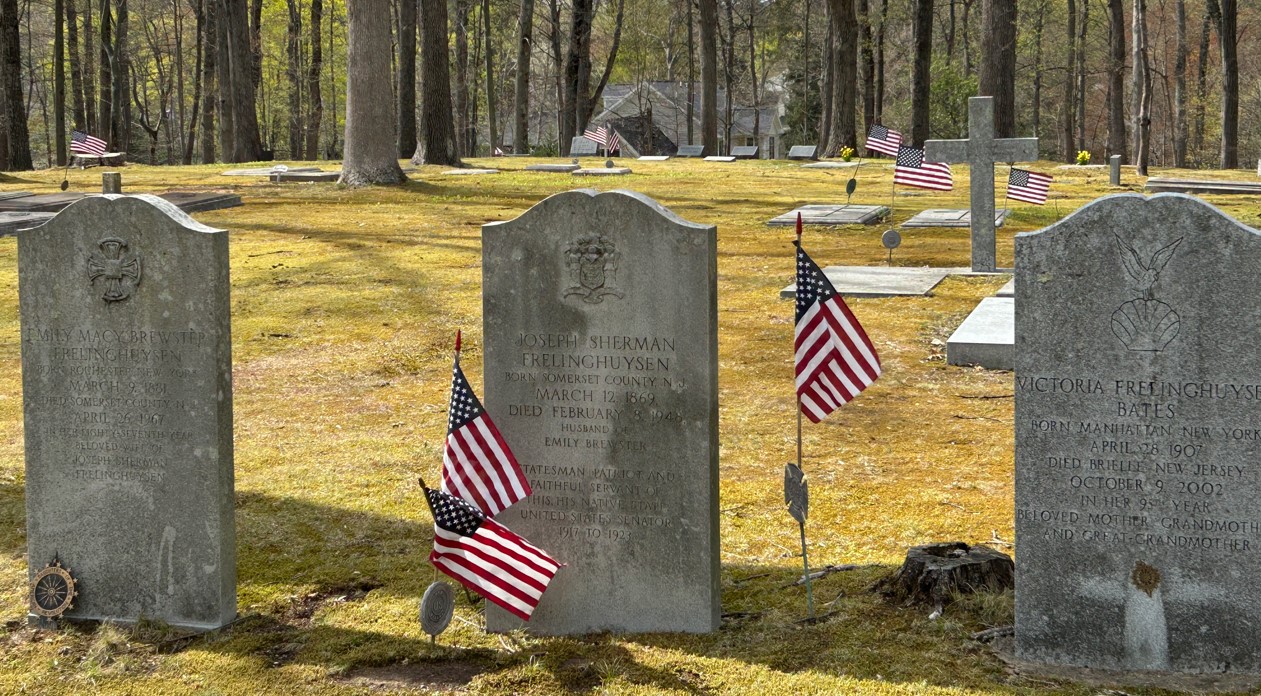 | 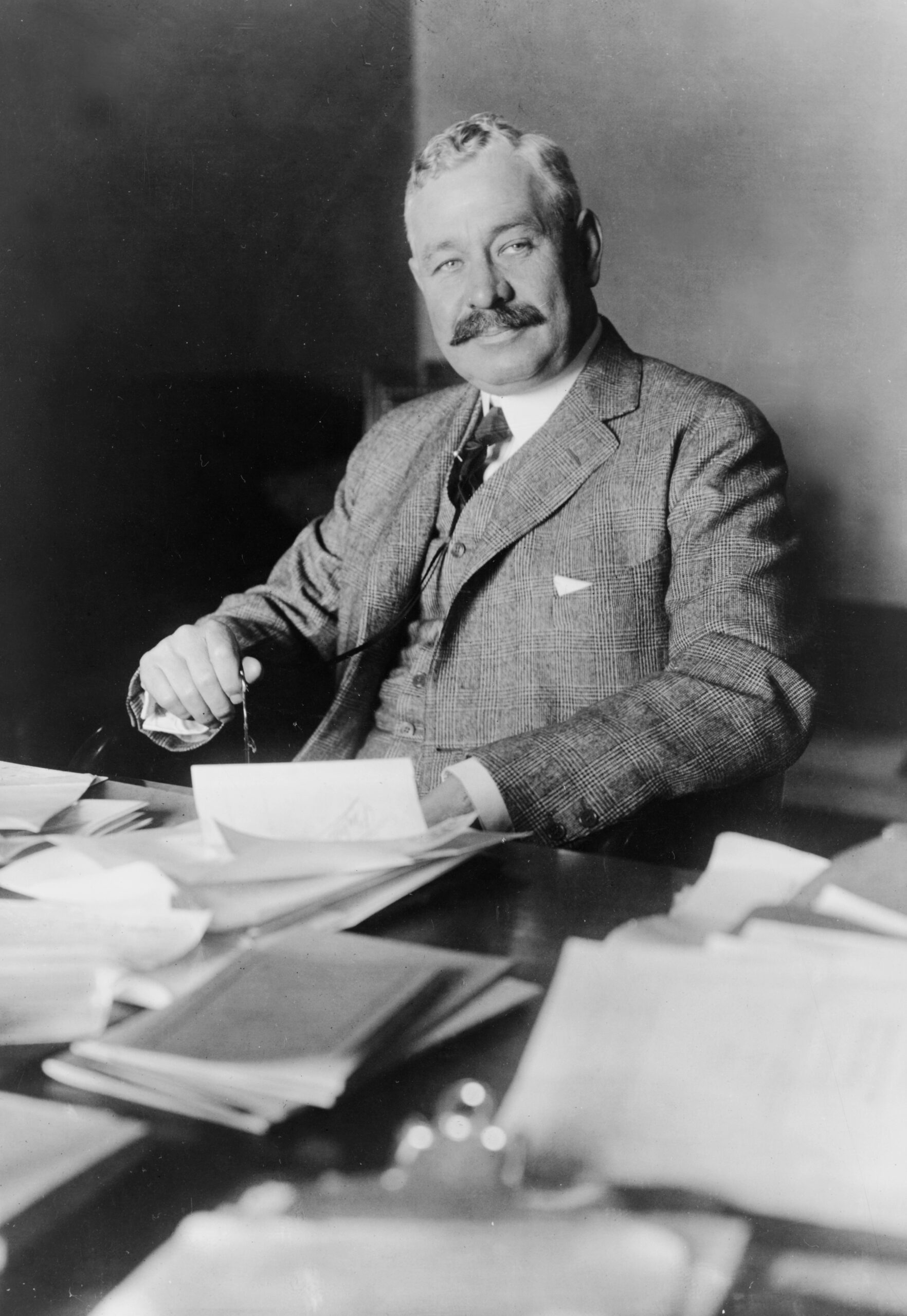 | US Senator. Served in the Spanish-American War as a 1st Lieutenant in the Ordnance Department. Elected as a Senator from New Jersey to the United States Senate, serving from 1917 to 1923. He was the nephew of US Senator Theodore F. Frelinghuysen and the cousin of US Congressman Peter Hood Ballentine Frelinghuysen. |
| Frederick Erastus Ballentine Co-Founder of Bernards Inn | 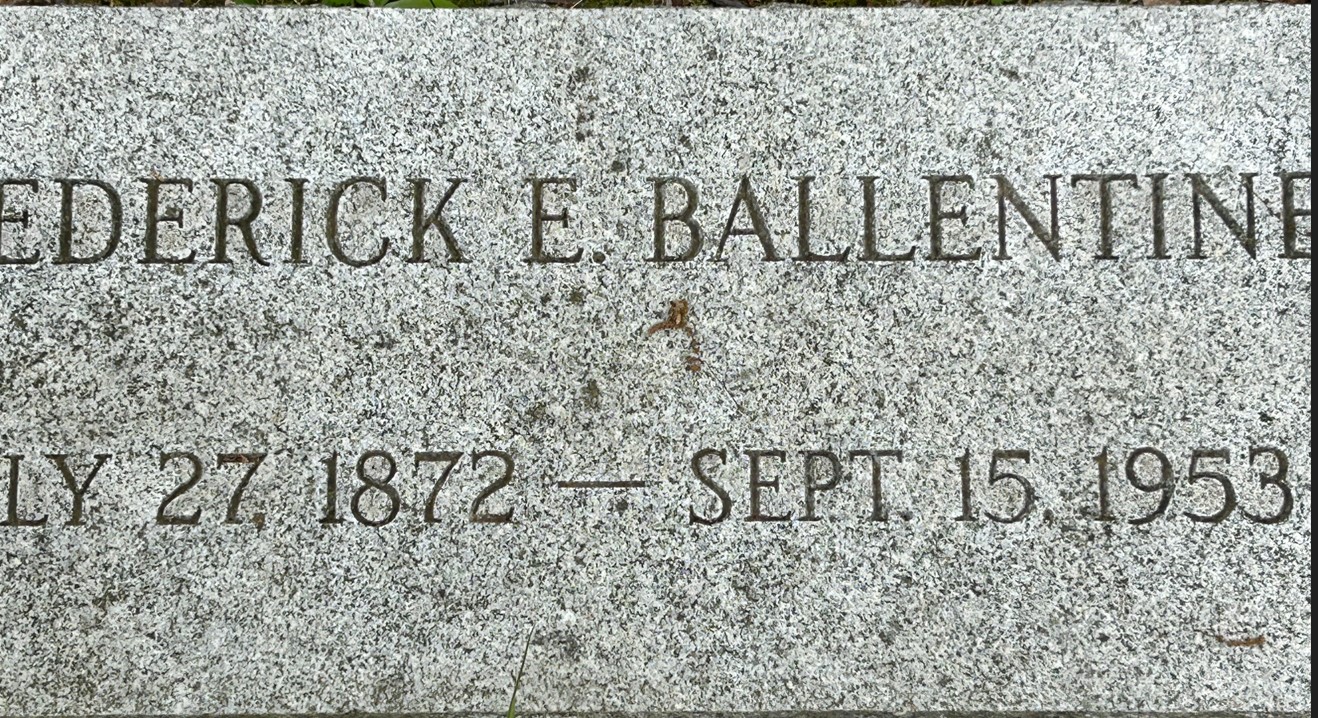 |  | There were two families that often get crossed. The Ballentines (Frederick) were an original mountain colony family. They founded the Bernards Inn, established in 1907 by brothers Fred E. and Frank A. Ballentine, who were local residents of Church Street in Bernardsville. The other family was the Ballantines with an A vs. the E. The Ballantines were from Newark and founded the Ballantine Ale company that later landed in Bernardville as well. |
| Arthur Turnbull Governor, New York Stock Exchange |  | 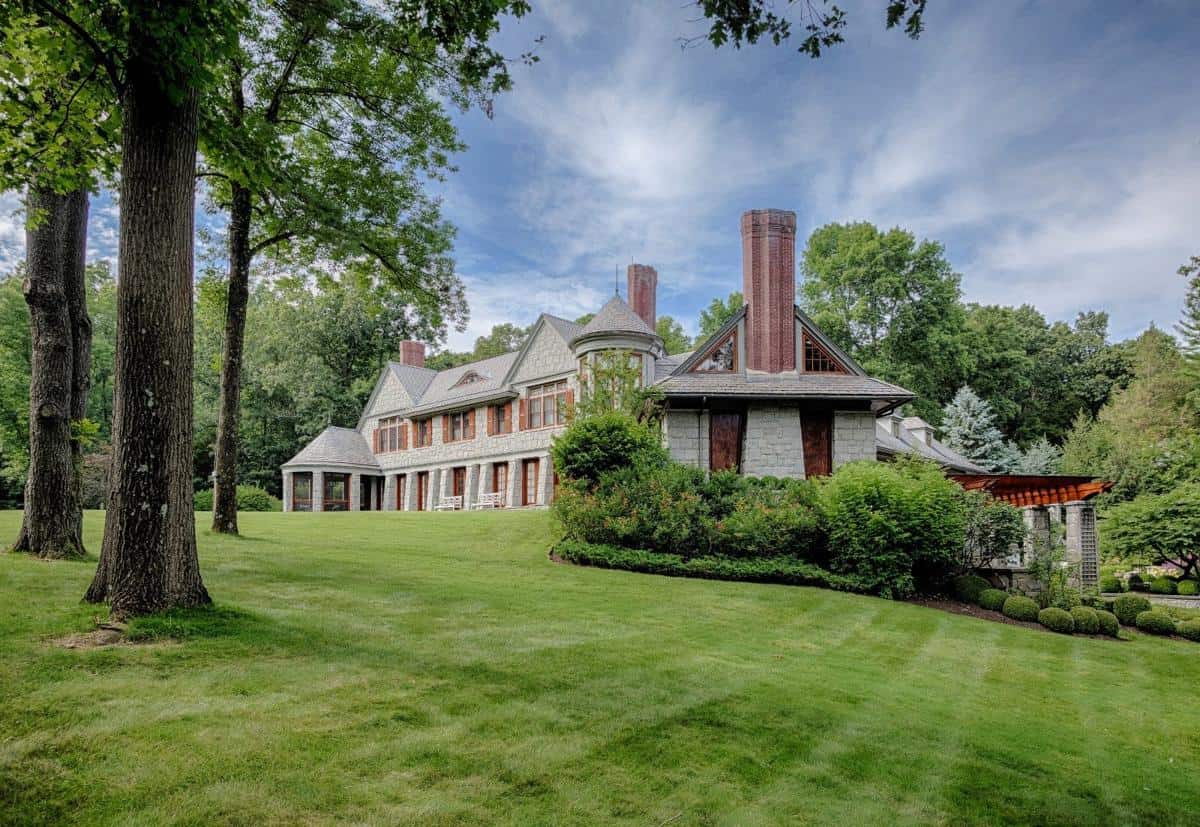 | Arthur Turnbull, governor of the New York Stock Exchange. married Alice W. Post, the only daughter of George Browne Post, a prominent American architect known for designing several notable buildings in New York City. Their home, Teviot Farm was named after the Teviot River in Scotland, and would eventually be over 700 acres. Turnbull was the head of the Exchange as well as the Chicago Board of Trade for the 1929 crash. A founding member of the Essex Fox Hounds in 1913 in Peapack. He was also the chair of the famed New York Union Club, the city’s oldest social club. |
| George Browne Post III Veteran, Harvard Grad, Financier | 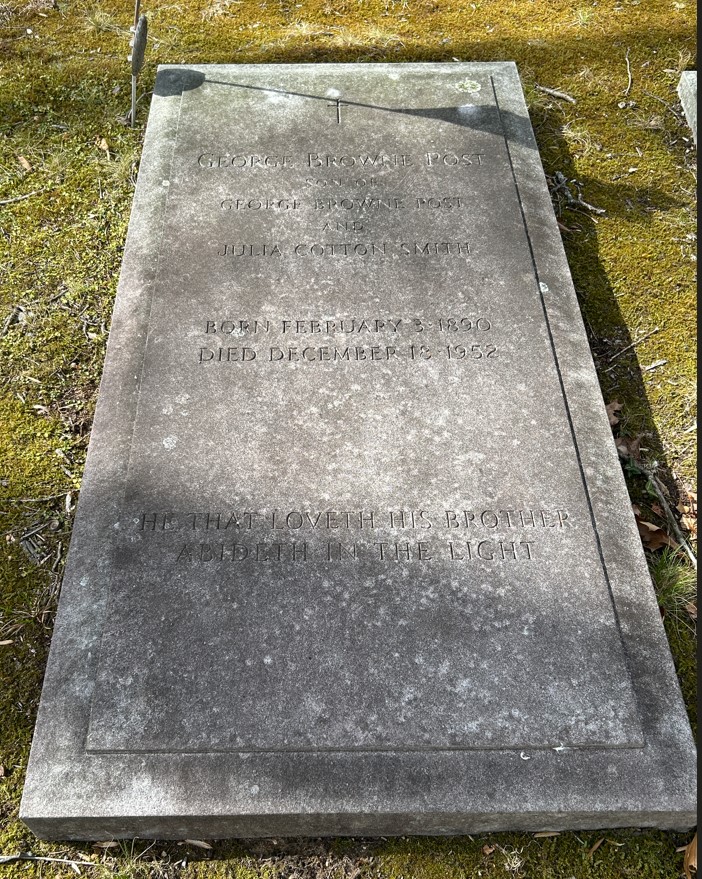 | 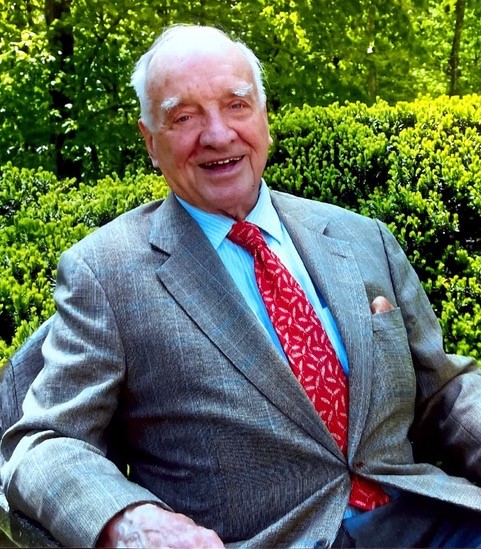 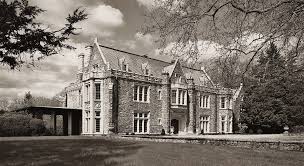 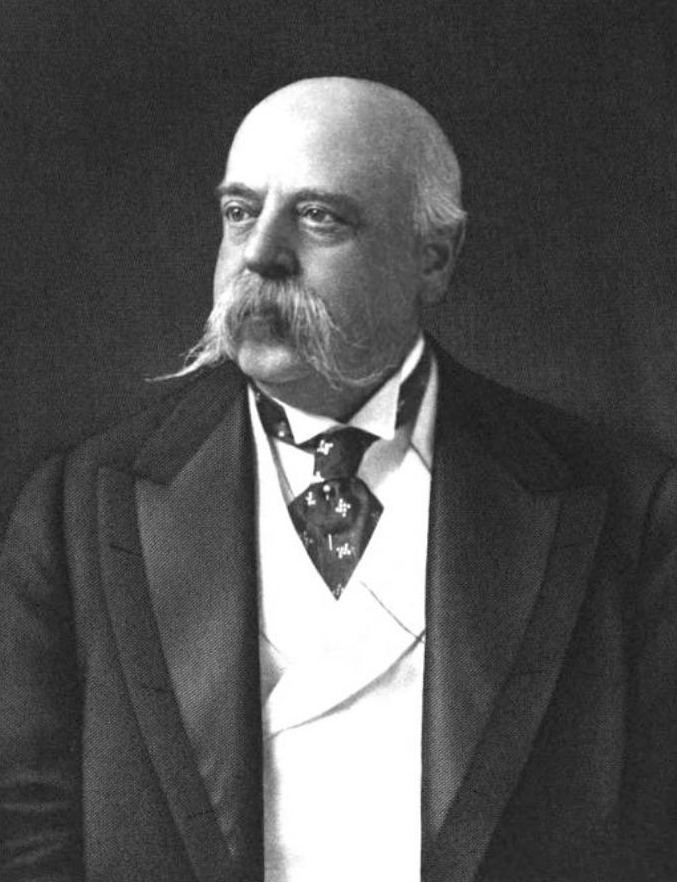 | He is the Grandson of George Browne Post and son of George Post Jr. and Julia Cotton Smith Post who owned Kennilwood on the Bernardsville Mountain. His grandfather was the famous architect and Wall Street financier. That’s his grandfather in the photo. |
| Edward Taylor Hunt Talmage Jr. | We have conflicting information on his burial. His father Edward Taylor Hunt Talmage Sr. is buried in the famous Green-Wood Cemetery in Brooklyn, NY. Still searching but believe he’s in St. Bernard’s. | 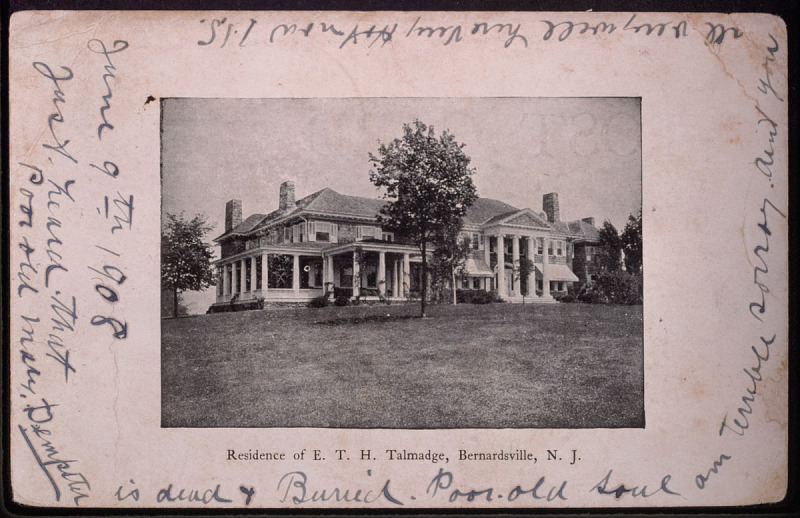 | Talmage’s father was a founding member of the Somerset Hills Country Club, a center of social life for the Mountain Colony. His parents’ home, Tollemache House, was designed by Lord & Hewlett, a respected architectural firm. It was a large Colonial-style mansion and became a noted landmark in the area. The Talmage name is still remembered in Bernardsville, with Talmage Road and Prentice Lane (named after his wife’s family) serving as lasting reminders of the family’s influence. |
| Richard Augustine Van Nest Gambrill Veteran, Inherited and married a Blair | 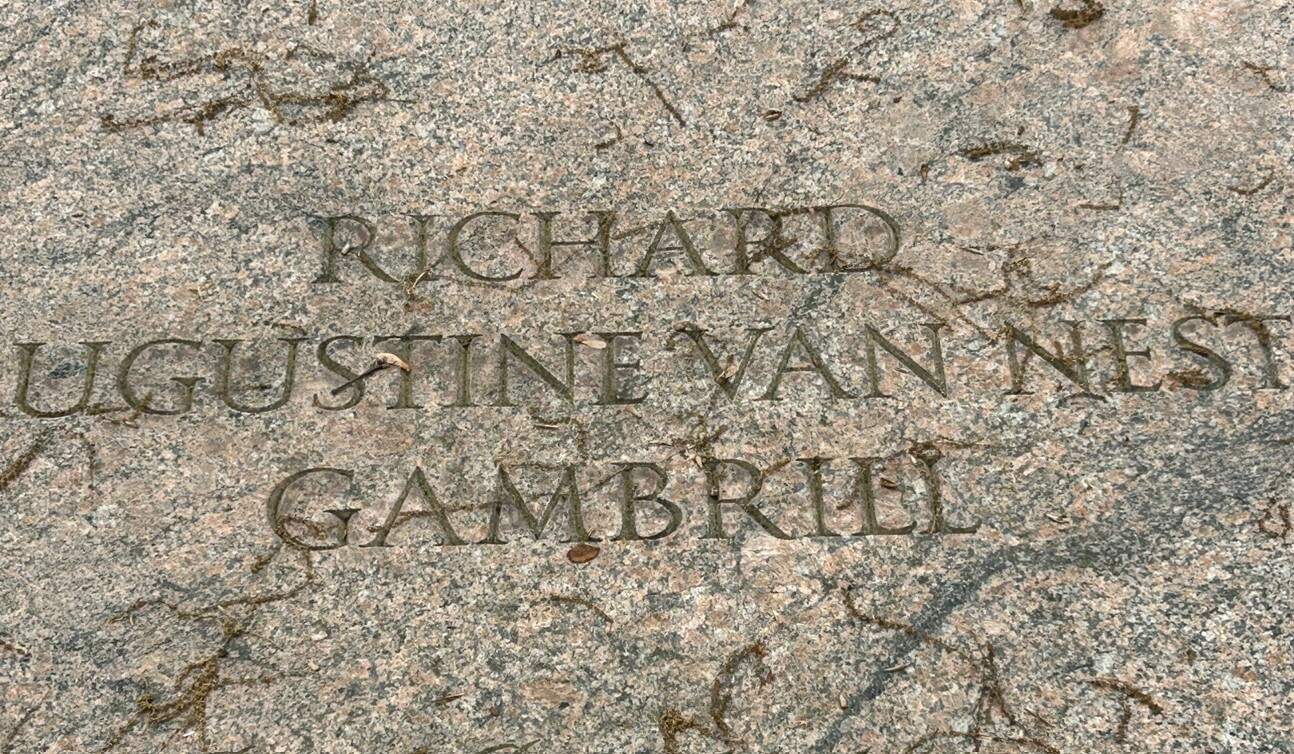 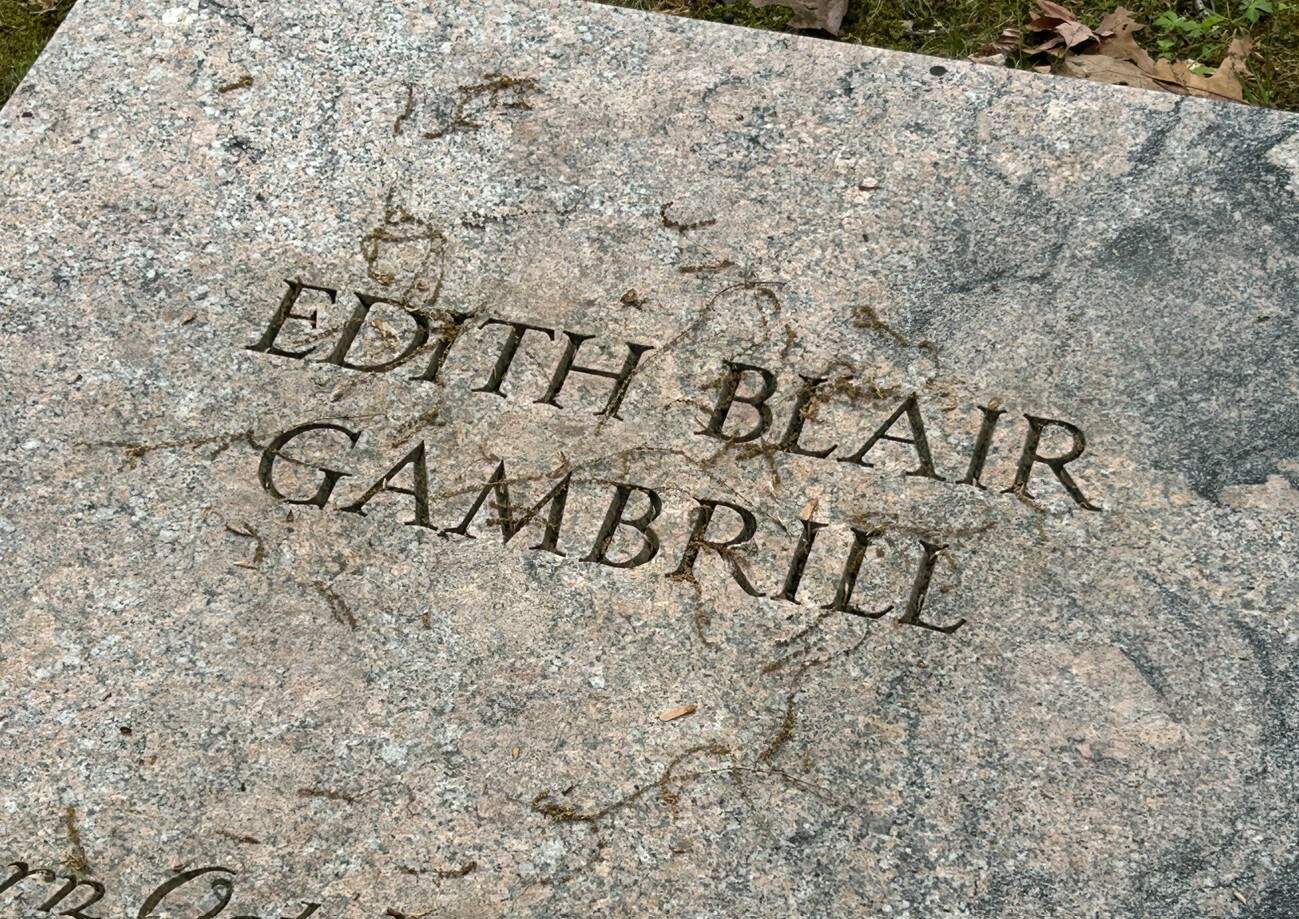 | 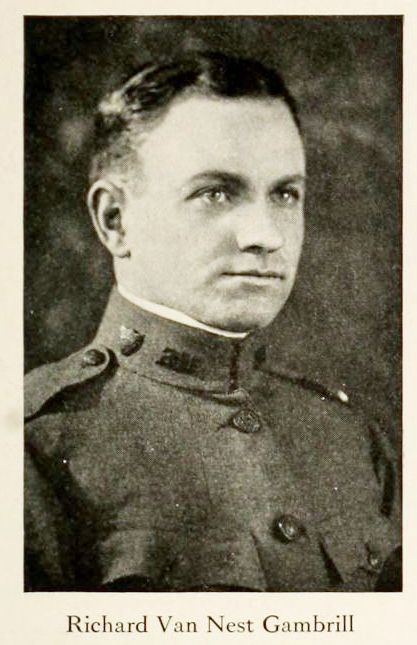 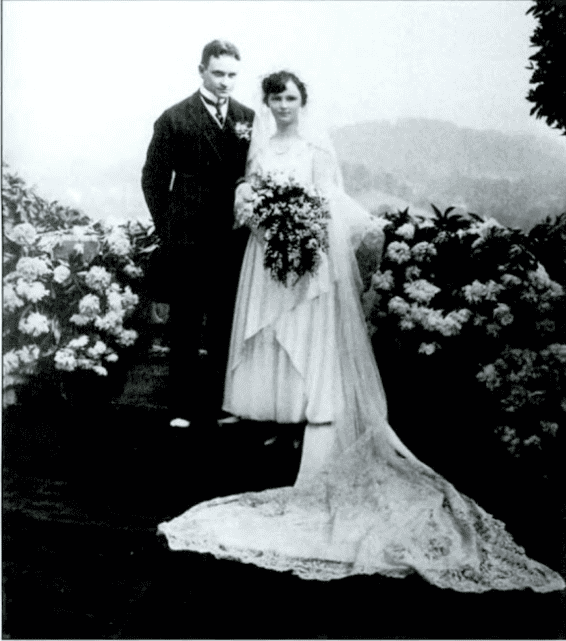 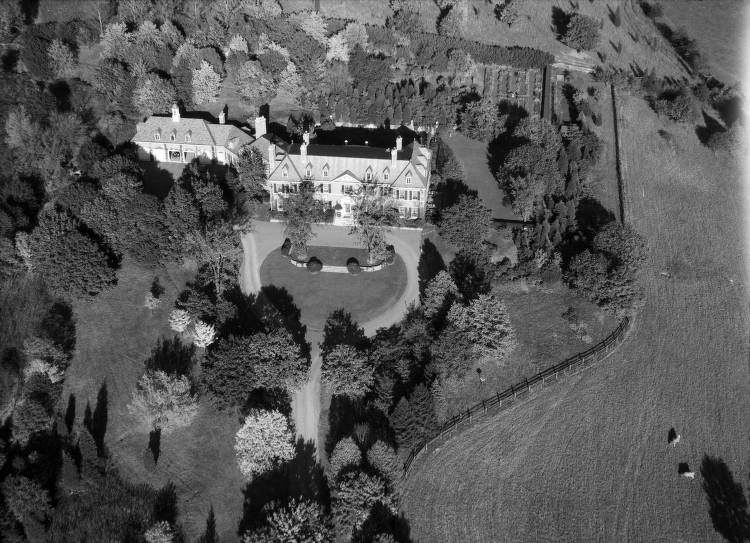 | His mother, Anna, inherited wealth from her father, Alexander T. Van Nest, a railroad investor. On June 21, 1917, Richard married Edith Dodd Blair, daughter of C. Ledyard Blair. They built Vernon Manor, a Georgian-style estate in Peapack-Gladstone, New Jersey with 50 acres of land, including formal gardens, fenced pastures, and a 16-stall stable complex. He was a master of the Essex Fox Hounds and maintained a pack of beagles known as the Vernon Somerset Beagles Pack, which was a forerunner to the Tewksbury Foot Bassets. |
| Herbert Rivington Pyne US Senator, American financier | 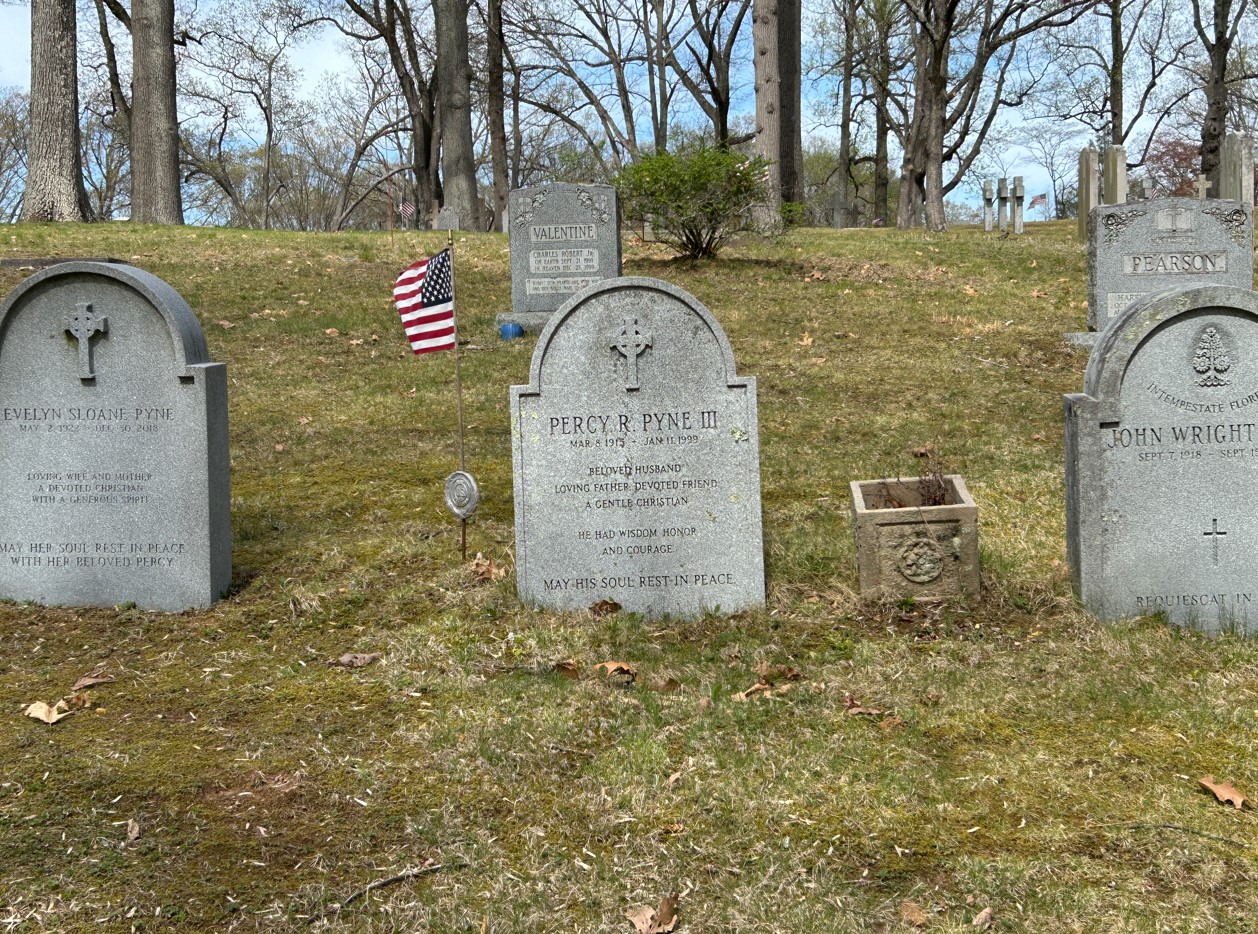 | 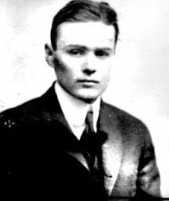 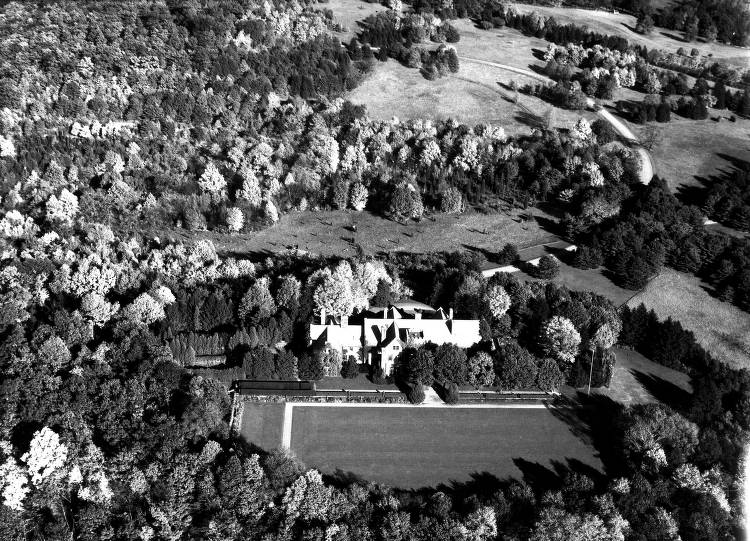 | United States Senator, Son of Percy and Maud Payne. Eight other relatives are also in the cemetery. Their country estate in Bernardsville, known as Upton Pyne, was designed by architect James Lawrence Aspinwall and built between 1899 and 1900. It was the largest mansion in the area until it was demolished by their daughter Mary Percy Pyne in 1982. |
| Robert Winthrop Kean Veteran, US Congressman Gov. Tom Kean’s father | 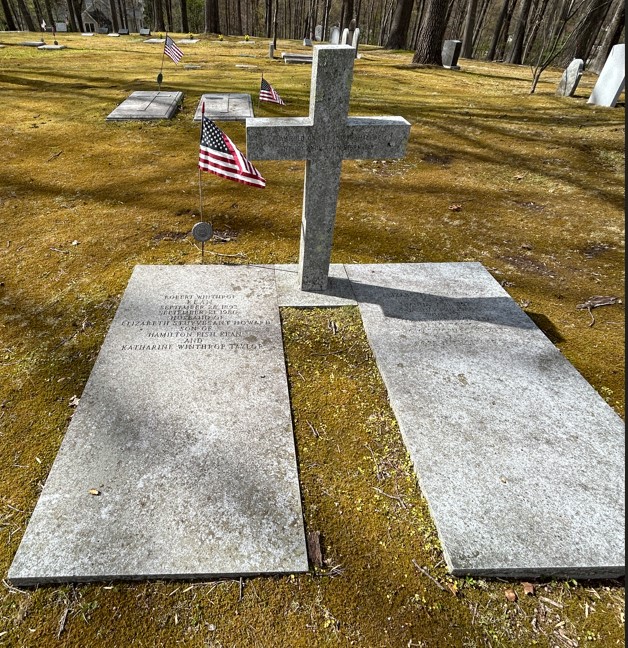 | 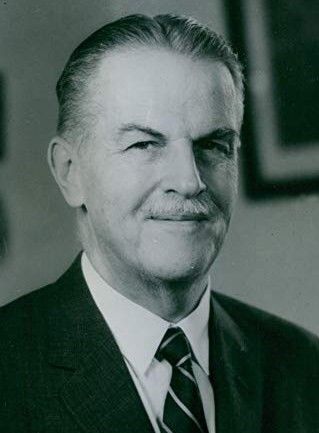 | Robert Winthrop Kean – US Congressman. Served in the United States Army in the Mexican Border expedition of 1916, and in World War I as a 1st Lieutenant with the Fifteenth Field Artillery, Second Division. Elected to represent New Jersey’s 12th District in the United States House of Representatives, serving from 1939 to 1959. He was the Great-great-grandson of South Carolina Continental Congressman John Kean, the nephew of US Senator John Kean, and son of US Senator Hamilton Fish Kean. He was the father of 68th New Jersey Governor Thomas Howard Kean. |
| Richard Vliet Lindabury Lawyer and Gentleman Farmer |  | Became general counsel for the Prudential Insurance Company. He was a trustee of Stevens Institute of Technology. Lindabury also owned an estate and farm called Meadowbrook Farm in Bernardsville, New Jersey, which he bought in 1892. There, he raised Guernsey cattle. During the late 1800s, the farm was much more extensive, once over 1,000 acres, and included the Bernardsville Town Hall and pond. He retained about 269 acres when he purchased the farm. Grave info | |
| BONUS: My Friend….. John Placko Veteran, Mailman, Caretaker |  | 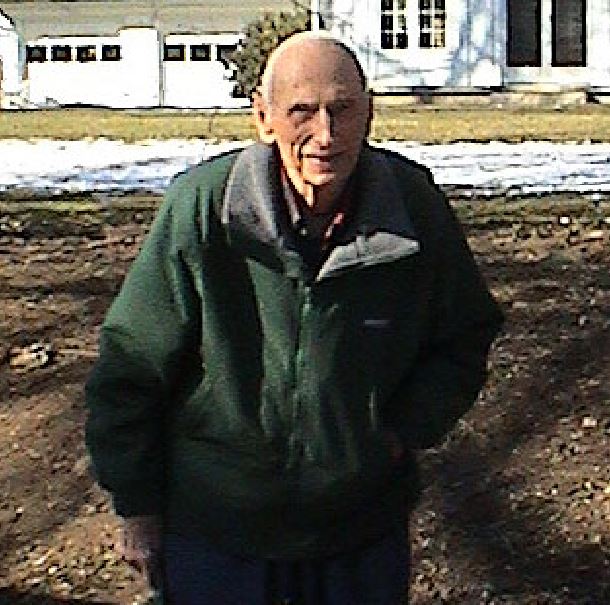 | Estate manager of George Ludlow Lee’s/ Conklin Basking Ridge estate. Mailman, beekeeper, who was a friend of Irwin Richardt and a good man I met in Basking Ridge, and would bring him breakfast, and we would go and swap John’s honey with Mr. Richardt’s home-farmed Liberty Corner maple syrup. |
Bernardsville’s St. Bernard’s Church
Bernardsville’s St. Bernard’s Church was established on October 22, 1896, when the Somerset Hills area was predominantly influenced by the 16th-century Protestant theological system based on the teachings of John Calvin, known as Calvinism. His beliefs included Total Depravity, Unconditional Election, Limited Atonement, Irresistible Grace, and Perseverance of the Saints, collectively known as the acronym TULIP. St. Bernard lived 400 years before Calvin.

The growth of grand estates in Bernardsville created a demand for an Episcopal place of worship closer to the local community. The architectural firm of Napoleon LeBrun & Sons was commissioned to design the church in the English Gothic style, utilizing schist stone laid in a random ashlar pattern. The cornerstone was laid in 1897, and the church officially opened on June 29, 1898. It was consecrated later that year on November 3 by the Bishop of New Jersey.
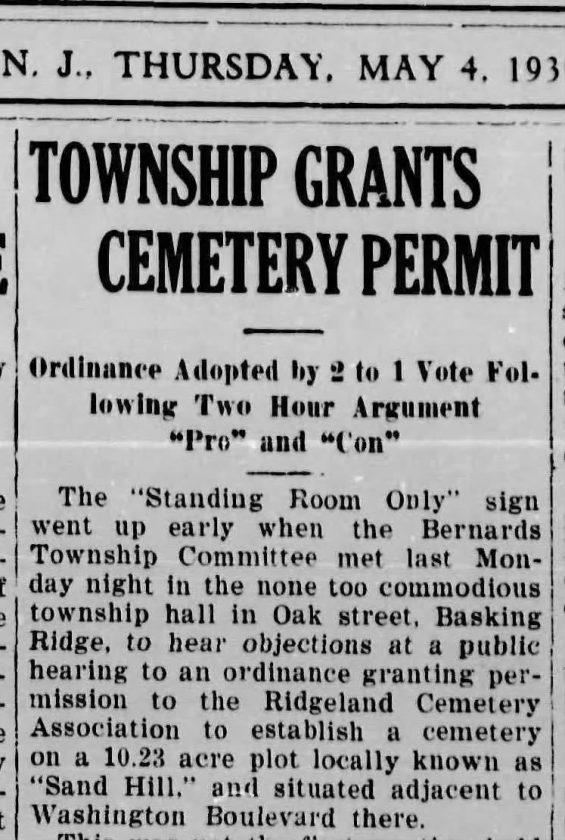
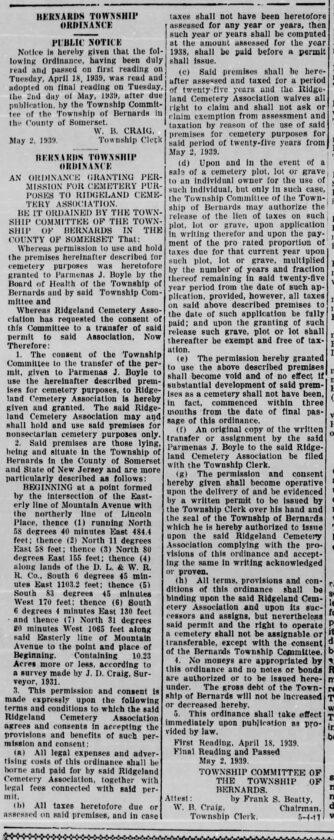
More Local History
